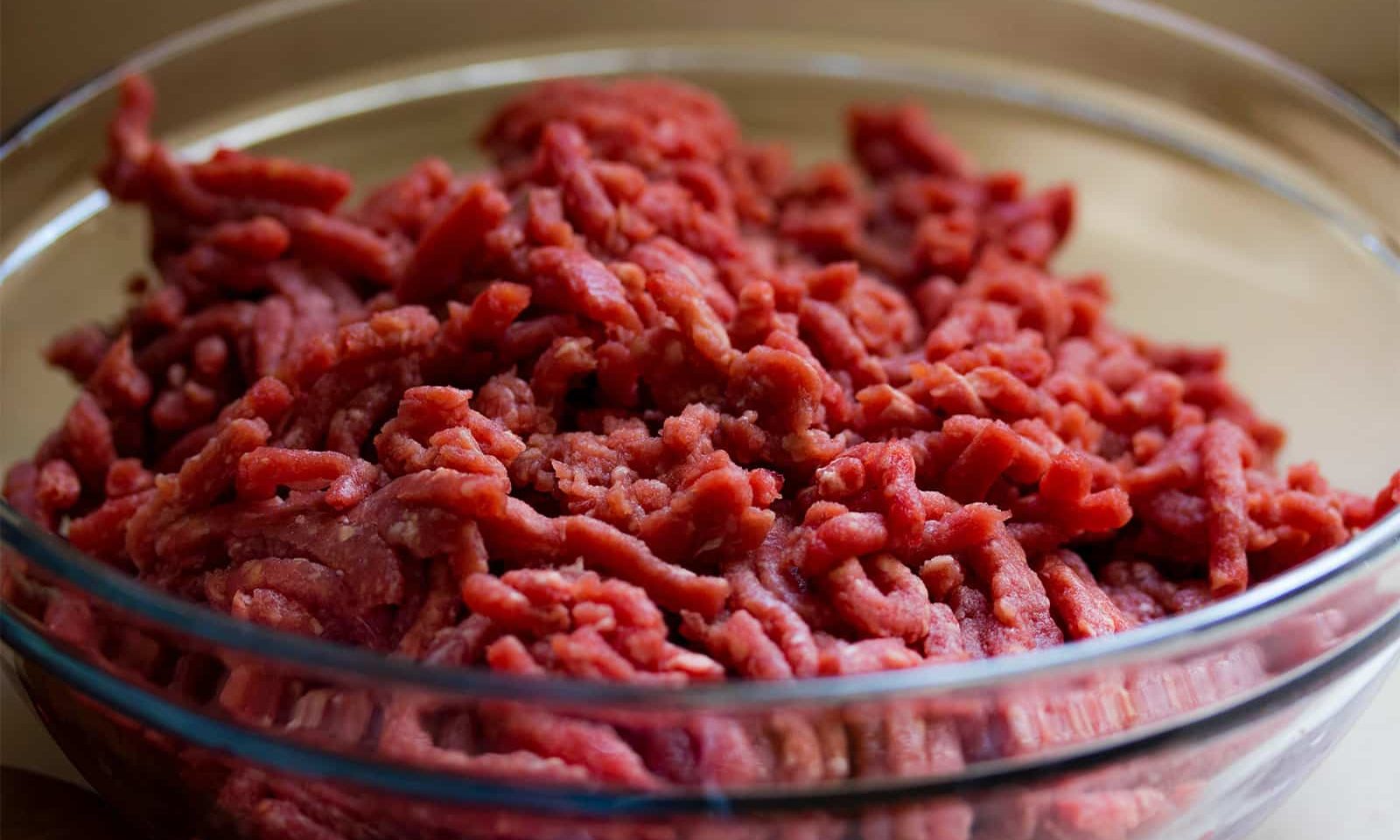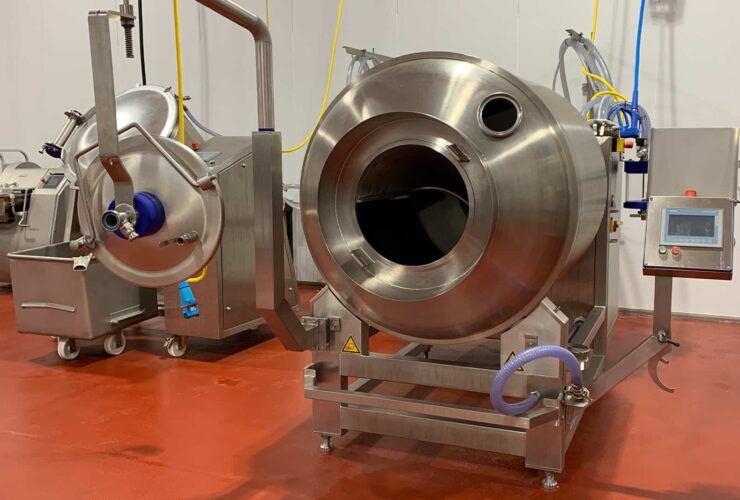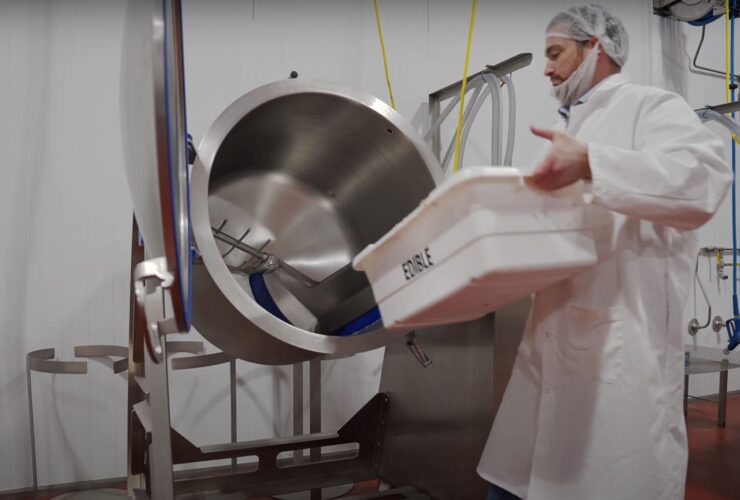Escherichia coli (also known as E. coli) is the bitter enemy of ground beef and fresh produce processors — and finding ways to prevent E. coli contamination is important.
You only have to look at the recent news to see how damaging E. coli contamination can be to the reputation (and bottom line!) of a company.
Chipotle settled legal cases with nearly 100 customers and saw sales plummet after a series of E. coli, salmonella, and norovirus outbreaks sickened at least 500 people between 2014-2015. Even a year after the incidents, customers still did not trust the safety of their food.
A Michigan man who became ill and almost died after consuming food contaminated with E. coli received a $650,000 settlement for the ordeal. That’s over half a million dollars for a single case of E. coli poisoning.
A simple Google search will show how costly E. coli contamination can be — in product recalls, damage to the company reputation, and lawsuit settlements from people infected with the bacteria.
The Nature of E. Coli
E. coli is a large and diverse group of bacteria found in the environment, foods, and intestines of people and animals.
According to the CDC, most strains of E. coli are harmless — they just flush through your system without you even being aware. Some strains, however, can make you sick — anything from brief diarrhea to vomiting, urinary tract infections, respiratory illness and pneumonia, and kidney infections, and more.
Ingesting just a small amount of e. Coli can cause an infection. Something as simple as a slightly undercooked hamburger contaminated with E. coli can wreak havoc on the digestive tract, ranging from mild discomfort to hospitalization.
The most common way to acquire E. coli is by eating contaminated food, most noticeably ground beef, and fresh produce.
When cattle are slaughtered and processed, E. coli bacteria in their intestines can get on the meat. If meat is untreated prior to grinding, the affected pieces are mixed with more meat, contaminating an entire batch.
The same is true with fresh produce. Runoff from cattle farms can contaminate fields where fresh produce is grown, spreading E. coli from animal to plant.
Preventing E. Coli Contamination
Knowing the cost of E. Coli contamination, and how it happens, the question arises: how can food processing companies better prevent E. coli contamination?
While proper sanitation of equipment, handling of the product, and purchasing equipment designed to meet AMI sanitary design requirements is a start, many companies are taking an extra step in the fight to prevent E. coli.
A New Requirement
Fast food restaurants like McDonald’s and Wendy’s are now requiring their ground beef vendors to treat meat with a citric or other anti-microbial solution prior to grinding.
Prior to this requirement, many food processors were applying a treatment to the outside surfaces of a block of beef trim, which did a lot to help kill any E. coli bacteria on the meat — but only spraying the outside surfaces did nothing if E. coli was present on any beef trim pieces located inside the beef trim block.
One small strand of E. coli, located on the inside of a block of beef trim, would contaminate an entire batch if ground in with other meat.
Separate, Then Spray
Starting in 2015, many vendors were required to treat every piece of beef trim with an anti-microbial solution to prevent E. coli contamination if they wanted to keep providing ground meat for some of the country’s largest fast-food restaurants.
This introduced a number of new steps in the processing of ground beef:
- Tempering frozen blocks of beef trim
- Breaking the blocks apart without cutting or grinding (to reduce the risk of contaminating more trim)
- Spray the anti-microbial solution on the individual pieces of beef trim
- Flip pieces and spray again
- Dump beef trim into a grinder
Why Not Just Grind?
While these extra steps may cost more to integrate into an existing system (and in labor costs!), spraying the anti-microbial solution across every piece of beef trim drastically reduces the risk of E. coli contamination — and saves your company from dishing out thousands or millions in costly recalls and lawsuits.
There are some extra benefits as well:
- Block grinding increases the surface area, making it harder to treat every piece.
- USDA considers separating beef trim blocks into original pieces as “unprocessed”, as the product is not ground to 1″ or less in size. This saves you from extra USDA requirements.
Optimize the Process
Taking steps to prevent E. coli contamination is a necessary, and often very costly, process for most companies — requiring an increase in labor and processing space. However, the right equipment and processing layouts can help optimize the process of treating every piece of beef trim with an anti-microbial solution.
The Tempered Block Breaker is just one example of how a ground beef processor is optimizing the process of separating beef trim blocks in order to apply treatment and help prevent E. coli.






